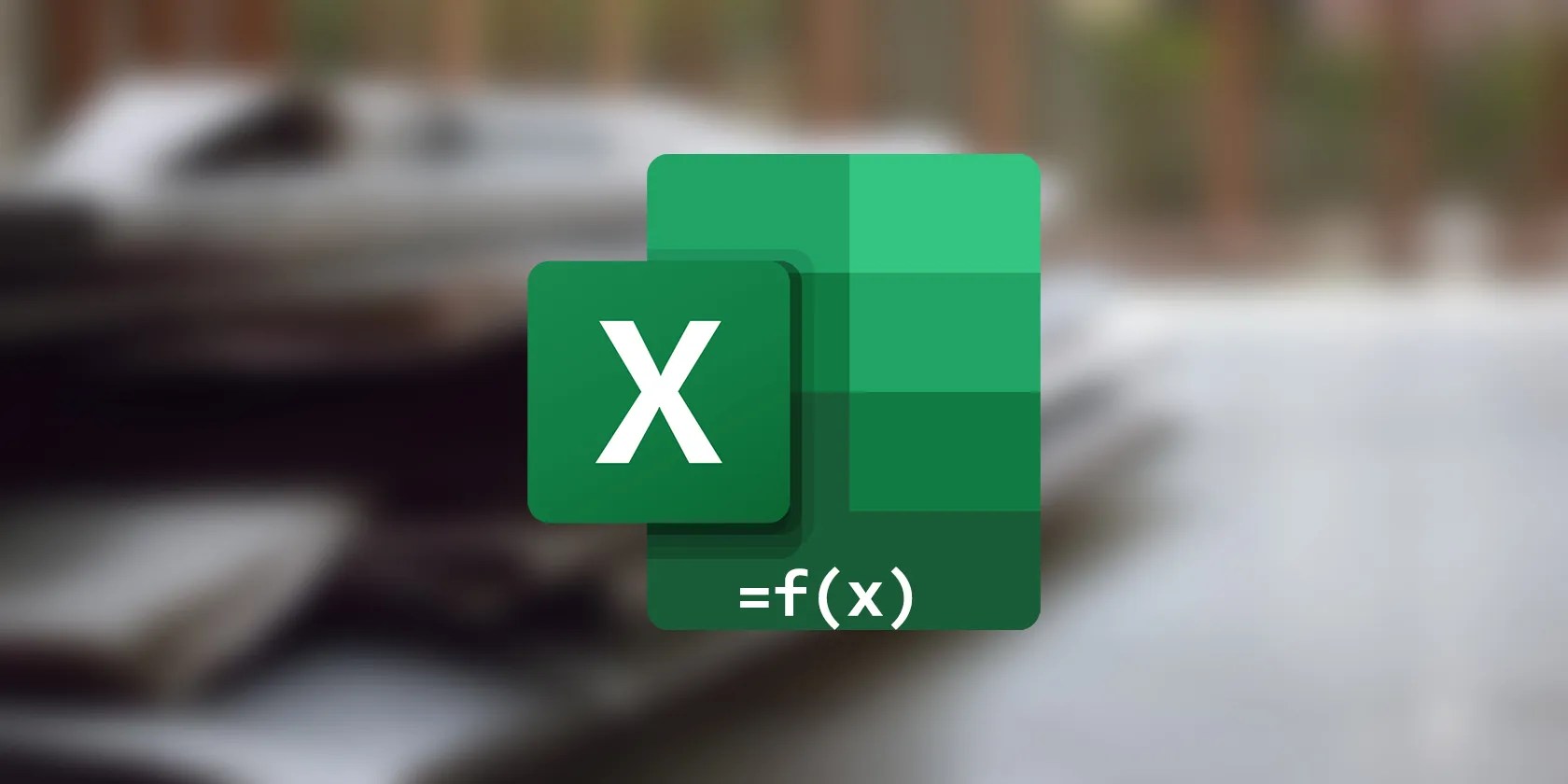How to Use the ISBLANK Function in Excel
If you’re a regular Excel user, you know that managing and analyzing data can be a challenging task. However, the ISBLANK function is a useful tool that can help simplify this process.
By quickly identifying empty cells, you can avoid errors and work more efficiently with your data. In this guide, we’ll explain what the ISBLANK function is, how it works, and provide some practical examples of how to use it in Excel.

What Is Excel’s ISBLANK Function?
Excel’s ISBLANK function is a logical function that returns “TRUE” if a cell is blank and “FALSE” if it contains any value, excluding empty strings. It is commonly used in Excel formulas and conditional formatting to check if a cell is empty or not. The syntax for the ISBLANK function is as follows:
Where “value” is the cell or range that you want to check for blank cells. The function returns a Boolean value of “TRUE” or “FALSE” based on whether the selected cell or range of cells is blank or not.

Here is an example of how to use the ISBLANK function to check if a cell is blank:
This formula returns “TRUE” since cell A2 is blank. If cell A2 contains any value, even an empty string, the function will return “FALSE”.

Using the ISBLANK Function With Conditional Formatting
You can useExcel’s conditional formatting featurewith ISBLANK to format cells that are blank in a range. Here’s how:
Now, any cells in the selected range that are blank will be highlighted or formatted according to the formatting rule you specified. you’re able to modify the formula or formatting options as needed to achieve the desired effect.

How to Use ISBLANK With Other Excel Functions
You can also use the ISBLANK function with other Excel functions to perform calculations based on whether a cell is blank or not. Here are a few examples.
IF With ISBLANK
you may use the ISBLANK function with the IF function to display a certain value or perform different calculations based on whether a cell is blank or not.
In this example, the IF function checks whether cell A2 is blank using the ISBLANK function. If A2 is blank, the function returns anN/A. If A2 is not blank, the function returns the value of A2 multiplied by 2.

FILTER With ISBLANK
The ISBLANK function and the FILTER function can be used together in Excel to filter based on whether a cell is blank or not. Here’s an example:
Let’s say you have a table with two columns:NameandEmail. You want to filter the table to show only rows where the Email column is blank. You canuse the FILTER functionwith ISBLANK as follows:
In this formula,A2:B8is the range of cells you want to filter, andB2:B8is the range of cells you want to check for blanks. This formula will return only the rows without emails, filtering out all other rows.
Improve Accuracy With the ISBLANK Function in Excel
Excel is a great tool for organizing data, but errors can quickly creep in if you’re not careful. A common mistake is failing to account for blank cells in your formulas and calculations. Fortunately, the ISBLANK function in Excel can help you avoid these errors and improve the accuracy of your analysis.
With the ISBLANK function, you can quickly identify blank cells and take appropriate action, whether that means filling them in or excluding them from your calculations altogether.
There are many ways to organize your Excel spreadsheet in a way that looks more appealing. Here’s how to do it!
It saves me hours and keeps my sanity intact.
My iPhone does it all, but I still need my dumb phone.
The key is not to spook your friends with over-the-top shenanigans.
Taming data is easier than it looks.
You can’t call this offline, Notion.